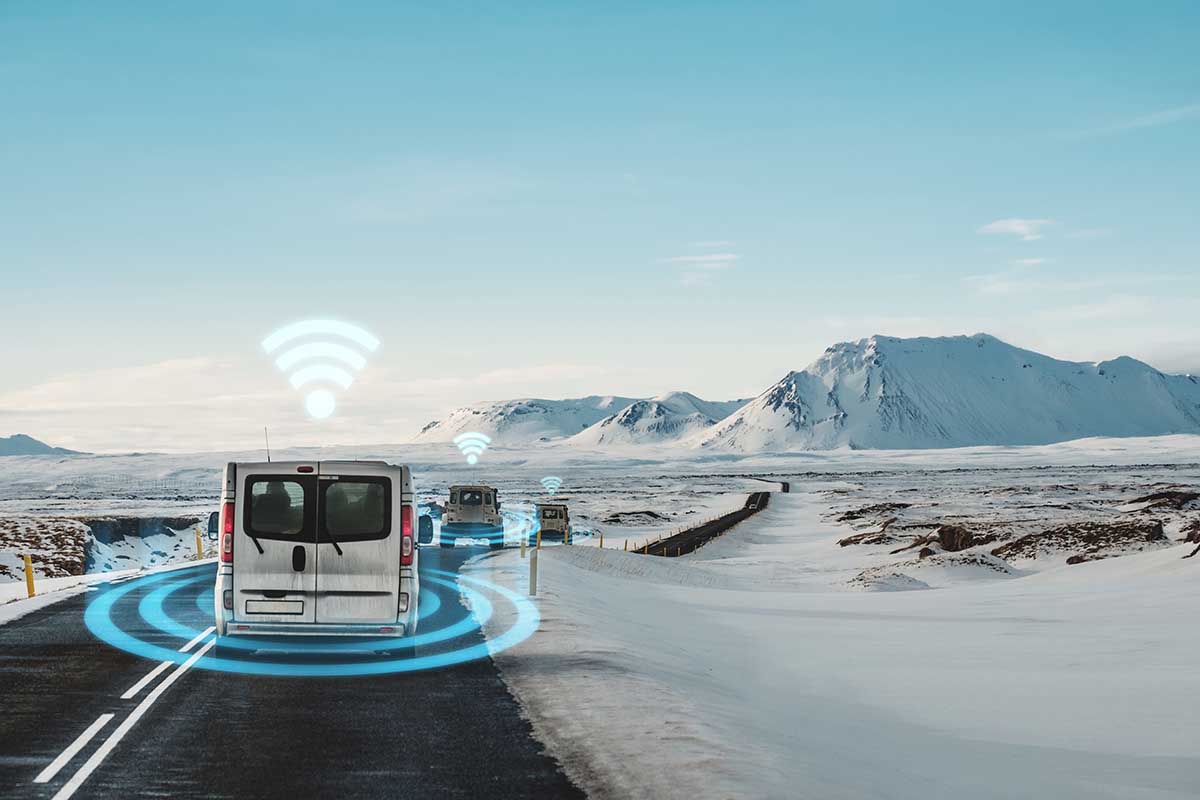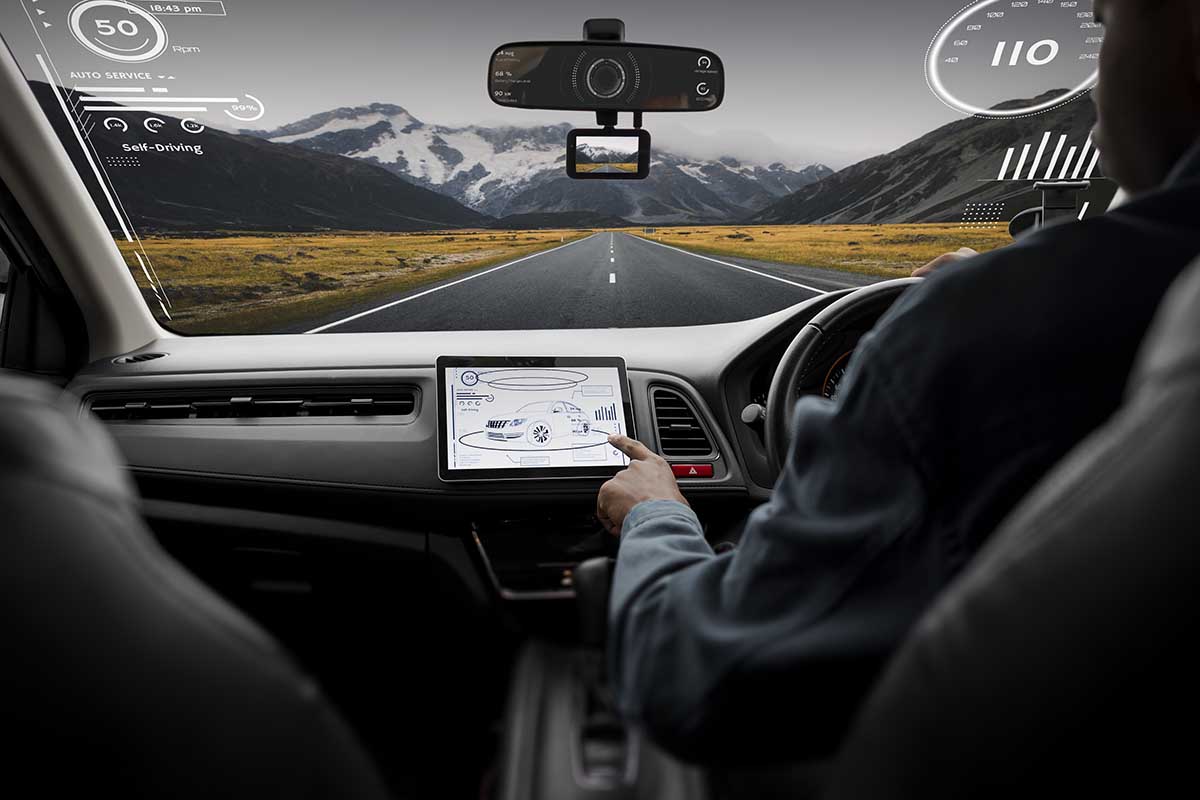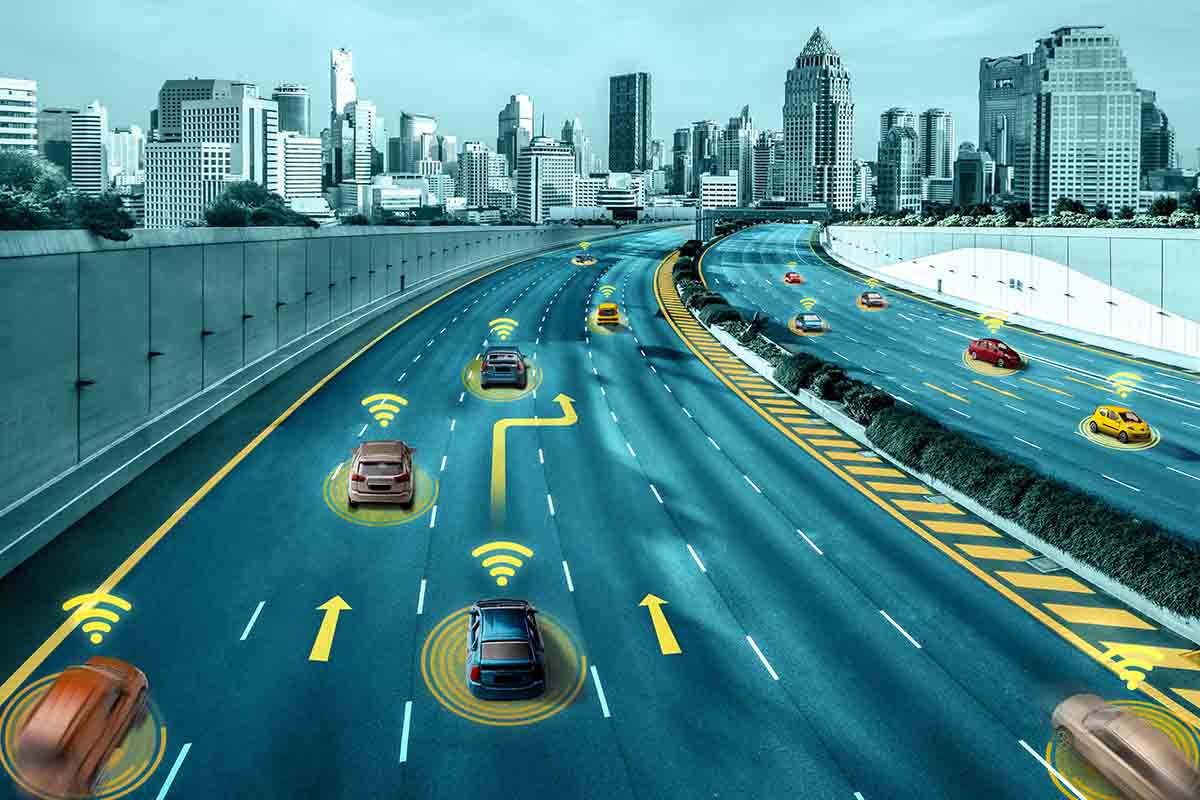Mass Deployment Of Sensing And IoT Tech May Be The Best Move For A Decade Of Safer Roads
The world road safety market’s annual revenue is predicted to grow to $7.01 billion by 2024, according to Reportocean Research. Global concern for more stringent safety measures in all aspects of life is mounting. This is reflected by the UN’s renewed commitment to achieving better road safety, as they expressed during their announcement of a new Decade of Action for road safety in 2019.
The new Global Plan aims to address everything from policy to individual responsibilities such as improving car maintenance habits and complying with new safety practices.
Such practices may include contributing to a large network of sensors and other data-gathering instruments, to help analysts and engineers develop systems that will make the roads safer for all. AI-driven solutions such as these, not onboard safety tech, maybe what can truly lead us to a future in which road accidents are nearly unheard of.
Tech Has Always Been at the Forefront of Car Safety Practices: Sensing And IoT Tech 
Over the last 60 years, road safety has rapidly improved alongside safety research and tech, with advancements in electronics arguably being the most impactful. But because this trend runs in parallel with the number of motor vehicles traveling on the roads, the number of accidents occurring annually has also increased since the 60s.
Still, road safety technologies and practices do their part in minimizing the lethality of these accidents. Hence, despite there being more accidents in general, the number of fatalities per 10,000 motor vehicles has been on the decline since the 1980s.
Mechanical solutions such as airbags and seatbelts have proven very effective at improving survivability. Together, they make head-on collisions up to 61 percent less lethal. But considering that the UN’s new goal is to cut all road accidents by at least half, traditional safety measures are not nearly going to be enough. This lofty goal is going to call for a redoubled investment towards tech-led solutions.
Artificial Intelligence at the Heart of Tech-Led Road Safety
At the center of all the technologies being leveraged to achieve the UN’s goal lies artificial intelligence. Much of the emerging tech that can be used to make the roads safer makes use of AI in some form.
Crash avoidance, lane-keeping, and other driving assist technologies are the most salient examples. But the new global initiative seeks to save around 675,000 lives a year. While these technologies have developed to the point of becoming fairly reliable, they are still nowhere near as wide enough to contribute significantly towards the UN’s endeavors.
Hence, AI is also going to be exploited in other ways to build towards the larger goal of road safety. One such application is going to be in analytics and data science. Statistical analysis AI can automatically generate insights to inform safety strategies.
Meanwhile, AI-driven data collection measures such as vehicle IoT, as well as cameras and other sensing equipment on the street level, can provide analysts with more detailed and higher quality statistics to help improve road safety frameworks. With the help of simulation algorithms, city planners will be able to determine the optimal road configurations for minimum accidents and the best possible emergency response times.
AI-Enhanced Road Safety Systems Possibly More Beneficial Than Car Safety Gadgets
If used effectively, AI can power vital road safety systems that can be much more beneficial than what little safety electronics are deployed on vehicles right now.
Onboard safety tech at its current state can be very potent, but they are currently too few to make much of a difference. Government-built alert networks and other enhancements, on the other hand, can do much of the heavy lifting in terms of making the roads safer for both motorists and pedestrians.
Using modern tech, road alert networks can provide everyone with information regarding all of the hazards and obstacles that may appear on the roads. In real-time, people can find out which roads have become flooded, slippery, blocked, under repair, or otherwise inaccessible, thanks to vast networks of street-level sensors. Aside from being invaluable to prevent accidents, it can also help clear up the cases of accidents that do happen, providing accident lawyers with plenty of conclusive evidence in several forms.
AI can also support enhancements for protecting pedestrians, such as flashing crosswalk beacons, retractable bollards and speed bumps, and early warning systems for reckless drivers or out-of-control vehicles. Cities like Burnsville, Minnesota are already adopting systems that make use of technologies such as Pedestrian Hybrid Beacons or PHBs. These systems run on lower-level device automation and manual controls as well as AI, ensuring maximum efficacy at all times.
New Road Safety Tech Will Also Help With Enforcement Challenges 
Another area of road safety that automated tech can improve is law enforcement. This has also been going on for a while, with countries like South Korea being able to use electronic policing solutions to their fullest potential. Smart traffic light cameras check for speed violations and other infractions around the clock, thus enabling South Korean police to determine the fairest and most effective ways to enforce traffic laws.
In Shanghai, on the other hand, the Publicity Center of Traffic Police Headquarters reports 40,000 cases of traffic violations caught every day. The rate at which these violations are addressed helps work towards discouraging motorists from behaving in a way that endangers themselves and others.
Many analysts are also saying that automated traffic enforcement devices can help minimize the number of physical altercations that can arise when an officer physically apprehends an offender. They also basically guarantee that every offender gets equal treatment, thus making traffic law enforcement more effective all-around.
However, they don’t really prevent reckless driving in the first place. Hence, automated traffic enforcement will be most effective paired with more active solutions to make motorists and pedestrians adhere to the rules.
Tech for safer roads
While crash prevention and other accident avoidance tech have become well-developed, it will be a long time before they become affordable enough to benefit everyone. Right now, the best thing our governments can do is invest heavily in street-level systems that can remove the chaos from which most accidents arise.




















